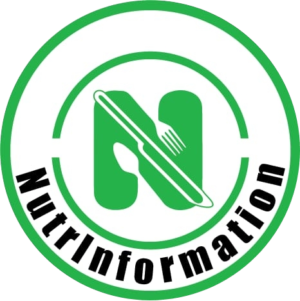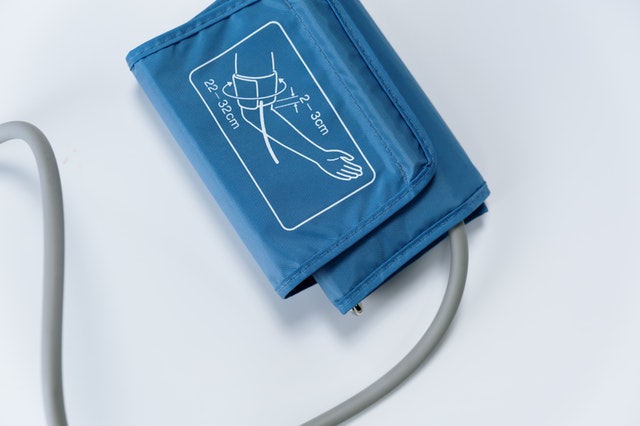Hypertension, the silent killer
Hypertension is also known as high blood pressure. The heart pumps blood through the arteries to the rest of the body. Blood pressure is the amount of force that blood exerts on the arteries when being pumped.
High blood pressure is a state where the blood pressure is constantly high. High blood pressure is known as a silent killer because it develops slowly and does not have any symptoms. Because of this, most people discover it very late when blood pressure is too high.
High blood pressure can be detected early through blood pressure screening. Two values will be given during blood pressure screening. Systolic pressure (1st reading) is the blood pressure when the heart is pumping blood. Diastolic pressure (2nd reading) is the blood pressure when the heart is at rest. Because blood pressure normally goes up and down during the day, your doctor may monitor your blood pressure for 24 hours before they can be sure that you actually have high blood pressure.
What do the blood pressure readings mean?
| Systolic readings | Diastolic readings | Interpretation |
| <120 mm Hg | <80 mm Hg | Normal blood pressure |
| 120-129 mm Hg | <80 mm Hg | Elevated blood pressure (Prehypertension) |
| 130-139 mm Hg | 80-89 mm Hg | High blood pressure (Stage 1) |
| >140 mm Hg | >90 mm Hg | High blood pressure (Stage 2) |
| >180 mm Hg | >120 mm Hg | High blood pressure crisis |
A normal blood pressure range means that all is well. However, it is important to keep eating heart-healthy foods as well as exercising regularly and being physically active.
Elevated blood pressure is a warning sign. If action is not taken, you will soon have high blood pressure. At this stage, it is important to make changes to your diet to make it heart-friendly. You also need to increase your physical activity and exercise routine.
If you are at stage one high blood pressure range, adopting a strict high blood pressure diet and exercising regularly will help lower your blood pressure. At this stage, your doctor may not put you on blood pressure medication. However, if you have other risk factors that can complicate hypertension, they can decide to give you some medication.
At stage two high blood pressure, you will have to take blood pressure medication. In addition, adopting a strict high blood pressure diet and exercise routine will be helpful in keeping the blood pressure in check.
A hypertension crisis is a medical emergency. At this stage, your organs may be damaged if you do not get medical attention quickly.
Causes of high blood pressure
There are two types of hypertension. Essential/primary and secondary hypertension. Essential hypertension is the most common one and has no known cause. It develops slowly over a long period of time probably due to lifestyle and changes to your body as you age.
Secondary hypertension occurs because of a pre-existing health condition. Such conditions include but are not limited to Kidney disease or long term infections, Diabetes, Hormone problems, Lupus
Secondary hypertension could also be caused by long term use of some medications like the contraceptive pill, steroids, some painkillers, cough syrups, liquorice, cocaine etc.
Dietary Prevention and management of hypertension
The best diet for preventing and managing hypertension is known as DASH. DASH stands for Dietary approaches to stopping hypertension. It is a flexible, healthy, and easy-to-follow diet plan that is effective in lowering blood pressure. The goal of DASH is to help you to develop a heart-healthy eating lifestyle.
| Food group | Servings allowed | Serving size(s) |
| Whole cereal grains | 6-8 servings daily | 1 slice of bread 28 g dry cereal ½ cup cooked cereal |
| Vegetables | 4-5 servings daily | 1 cup of raw vegetables ½ cup of cooked vegetables ½ cup of vegetable juice |
| Fruits | 4-5 servings daily | 1 medium fruit ½ cup diced fresh or canned fruit ½ cup of fresh fruit juice |
| Dairy | 2-3 servings daily | 1 cup low-fat milk or yogurt 40 g cheese |
| Meats & eggs | 6 servings daily | 28 g skinless poultry 28 g fish 1 egg |
| Nuts, seeds & legumes | 4-5 servings weekly | 1/3 cup of nuts 2 tablespoons seeds 2 tablespoons peanut butter ½ cup cooked legumes |
| Fats & oils | 2-3 servings daily | 1 teaspoon margarine 1 teaspoon cooking oil 1 tablespoon mayonnaise 2 tablespoons salad dressing |
| Sugar & sweets | < 5 servings weekly | 1 tablespoon sugar, jam or jelly ½ cup of cake |
| Salt | 1500mg – 2300mg daily |

